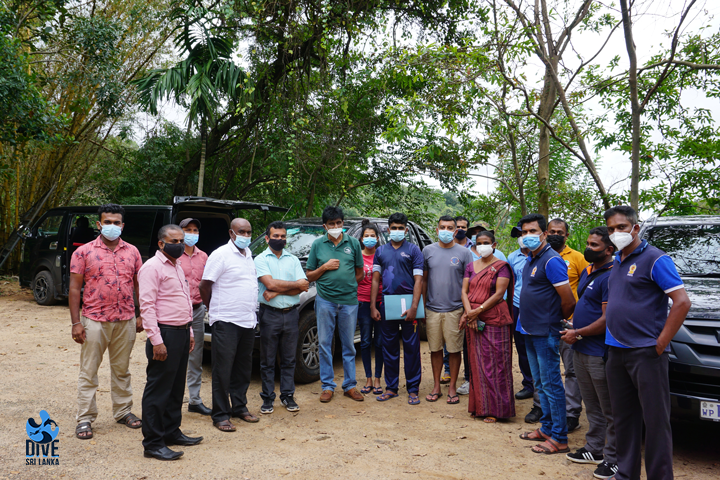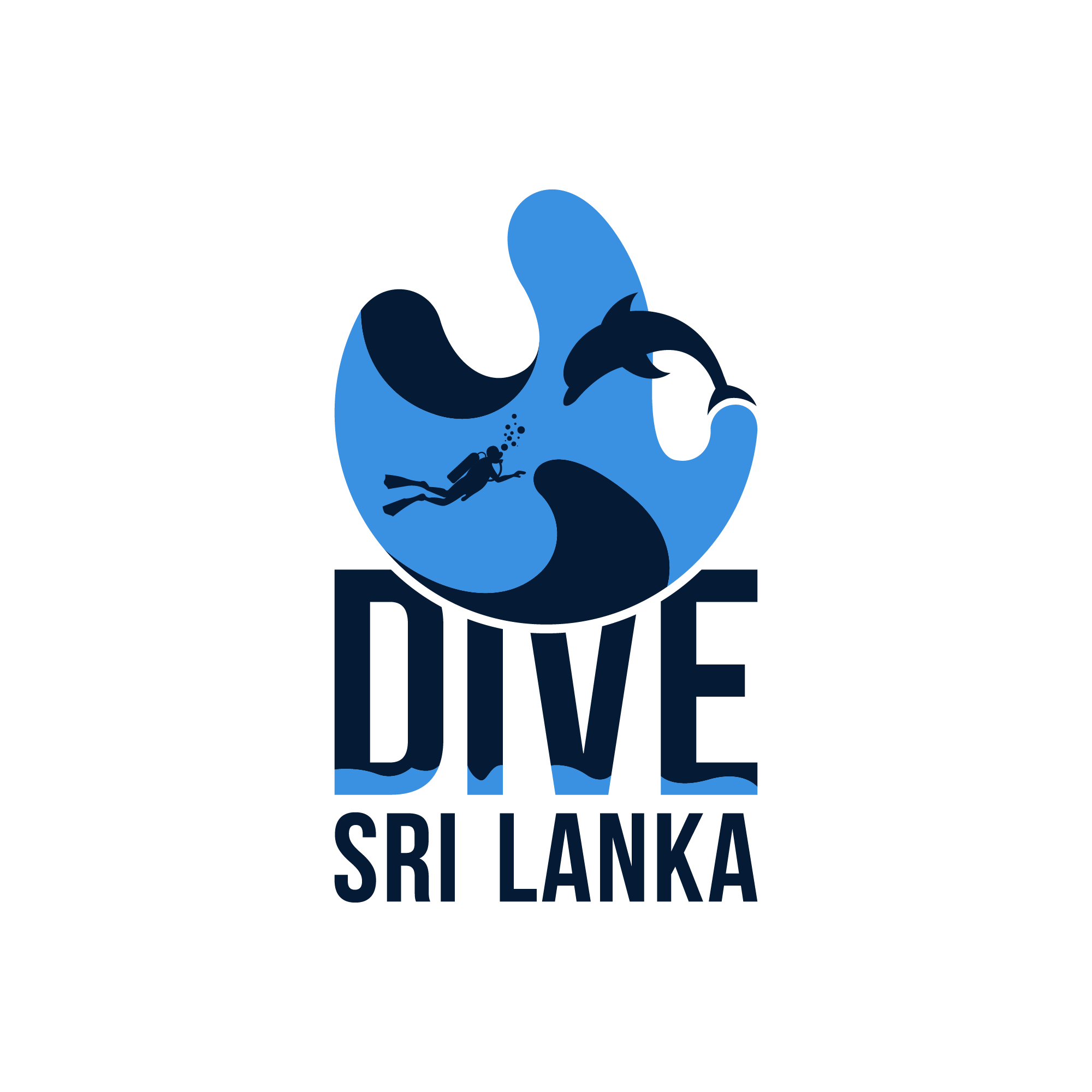

Sri Lanka is a well-known travel destination in the world as its unique nature and numerous wild species. One of the travel destination in Sri Lanka is Pahanthudawa, a waterfall that would be mesmerizing to anyone who visits in.
Pahanthudawa Natural Pool is located in Belihuloya, a few kilometres northwest from the Belihuloya Rest House. It is a natural fresh water reservoir that has formed as a water collecting point and it is a part of the normal water flow and accretion on the Belihuloya stream. Pahanthudawa is one such accretion pool situated between a pool higher in elevation to it, and several loosely formed pools below it. However, Pahanthudawa Natural Pool is special because of its well defined formation and the unique shape resembling the flame of a lamp, hence the origins of the name “Pahanthudawa” roughly meaning “The tip of a flame”. According to the spokesman, now, Pahanthudawa has a major tourist attraction in the area, drawing crowds as large as 200-300 during weekends. Therefore this volume has led to several accidents.
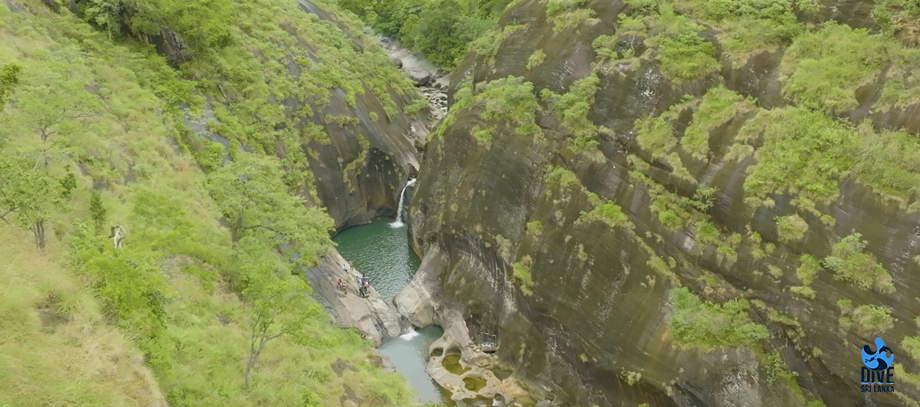
The objective of this survey was to,
To survey and mapped the underwater formation, depth, temperature of the Pahanthudawa Waterfall - Natural pool
To survey about the aquatic species of the waterfall.
To conduct a public safety assessment
To seek whether any environmental protection considerations has to be taken to protect its natural formation and the beauty from human activities.
To provide detailed report to the respected authorities.
To document the collected data as reference material for future studies.
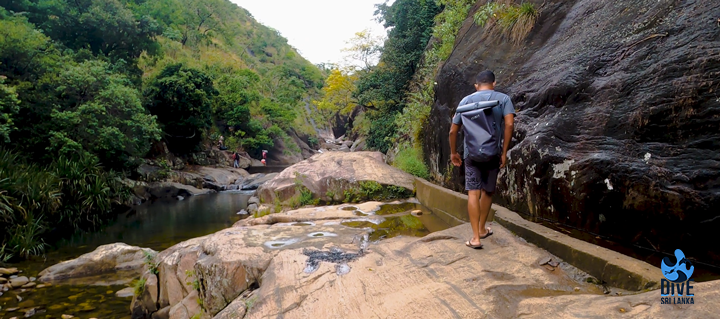
GPS location: 6.726058800086608, 80.75880559478672
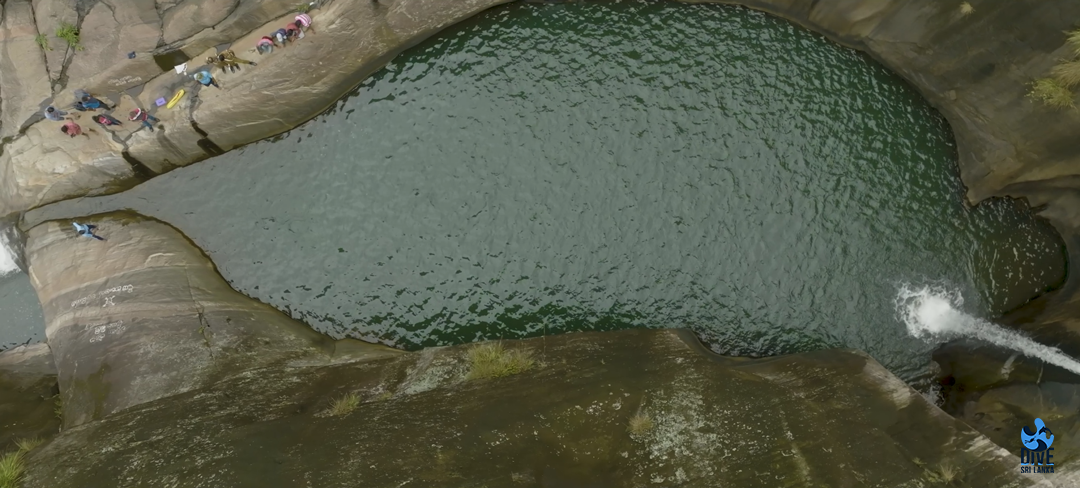
This survey was based on limitations and these limitations were categorized as Subjective limitations and Geographical limitations.
This survey was conducted in an allocated time period, 11th February 2022, which is a short time period.
The survey was covered the selected geographical area of Pahanthudawa waterfall / natural pool. The location is mentioned above.
Data gathered from a survey conducted through diving.

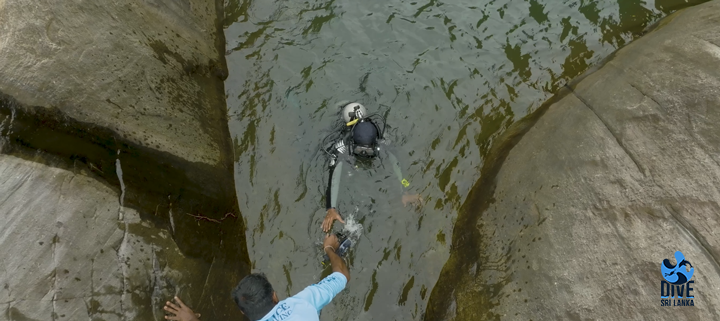
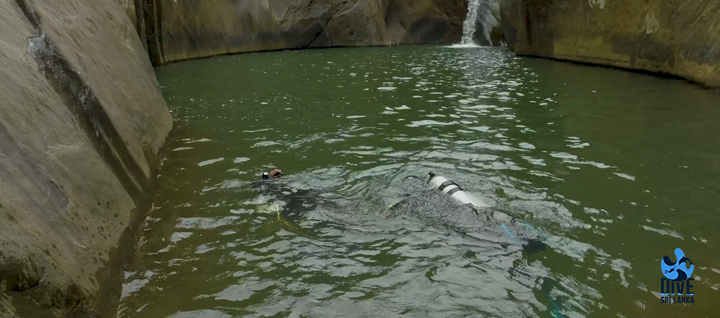
Depth - In its deepest point the depth of the Pahanthudawa Natural Point is 9.6m (31.5 ft) deep, (See map below for more details). Near the waterfall, the depth is about 3m (10 ft) and rising. This is based on the water levels of the day (11th of February 2022). It is possible that the depths can be shallower in the dry season, and higher in the rainy season.
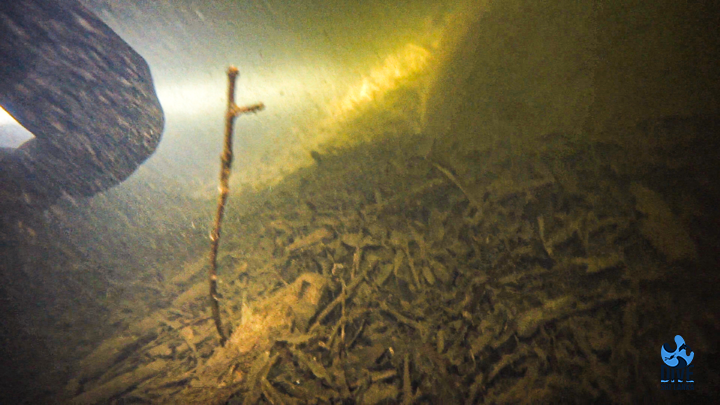
Temperature - Surface 25°C
Temperature - Bottom 22°C
Average Temperature (February 2022) 23°C
Can be warmer and colder depending on time of measurement. These measurements were done between 1018 - 1034 HRS
Composition - The sloping rock wall plummets gradually and leads to a depth of about 9.6m (depending on the water level of the day). The bottom is composed of a mixture of rocks and sand. The water visibility is relatively poor with visibility of 1-2 meters at best. The bottom also contains detritus from trees including leaves and branches, especially below the base of the waterfall (See “Plant Debris Field” in map below) Surprisingly pollution very minimal (A can of beer and a damaged water bottle was recovered from the site)
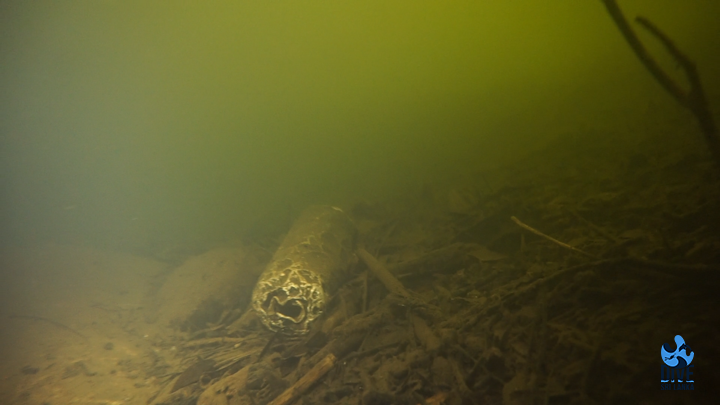
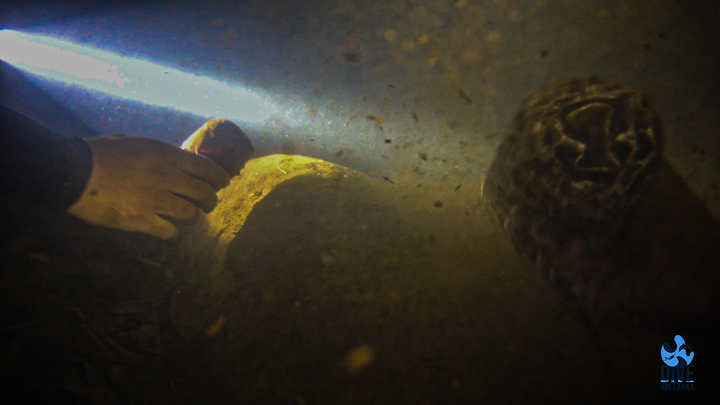
One species (Channa orientalis) of schooling freshwater fish were observed. This is a thriving natural eco system.
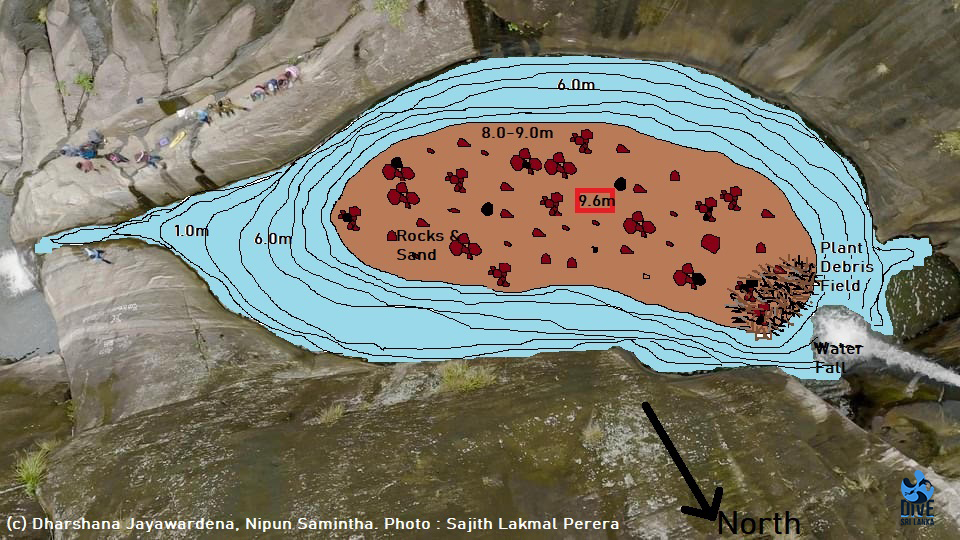
The Pahanthudawa Natural Pool constitutes several kinds of dangers to human life.
Depth: At 9.6m depth (measured on 11th February 2022), this pool is relatively deep than other surface pools surveyed. To date, several swimmers have lost their life. While it is difficult to access the pools of water, the greatest danger would be if a non-swimmer slips and falls into the water. As the rock surfaces are smooth and even the edge can be relatively deep, a drowning incident might easily occur. Further, the area may be very hazardous due to unexpected rise in fast moving water levels (flash floods). Visitors / tourists should be prohibited or should take safety precautions to avoid such incidents when accessing to the pool.
Temperature: The temperature variance of 22 C - 25 C, with an average temperature of 23 (As measured during 1018 - 1034 HRS on 11th of February 2022). This temperature can induce hypothermia, including numbness and disorientation, with prolonged exposure, and can add to a panic situation of a non-swimmer out-of-depth.
Slippery and unstable rocks: To access the pool, a swimmer must walk over slippery and unstable rocks. If care is not taken, it is very easy to occur serious bodily or head injuries. (For example the narrow slippery embankment, which has to be crossed without any support is a dangerous place an accident waiting to happen). We recommend that safeguards implemented in areas can avoid unnecessary accidents happen again.
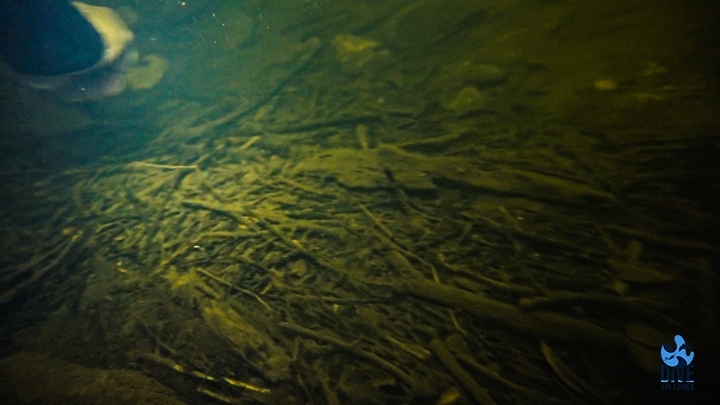
The Pahanthudawa Natural Pool yet remains as pristine eco system with minimal pollution. Various species of aquatic life thrive in this environment. Access to the general public, especially in large volumes can seriously damage or destroy this habitat because of overuse and pollution. The images of the river bed is mentioned below.
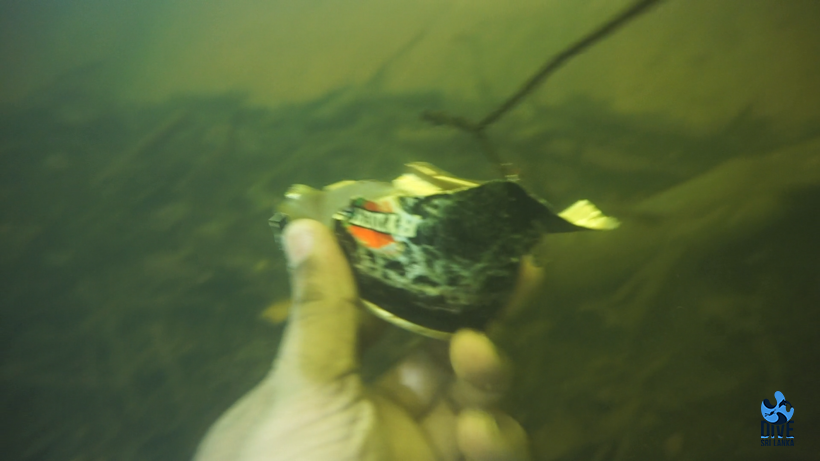
With regard to above considerations (Depth, slippery rocks etc.) and highlighting the possible harm to human life and the natural environment, the recreational activities such as swimming should be prohibited in the Pahanthudawa Natural Pool.
Viewing access can be allowed provided the access path is made safer, especially given that tourists are charged a fee to view this natural pool.
Safety fence and observation point should be stablish and it will help to ensure the safety of the visitors / tourists.
Certain guidelines have to be issued for the visitors regarding the safety access to the pool and regarding their environmental sensitive behavior.
Guidelines have to be provide to the visitors at the main entering point.
If the guideline were violated by the visitors, then the authorities can charge a fine for environmental damages.
When considered to the accidents happened at the location, we recommend to stablish safeguards in certain places around the pool.
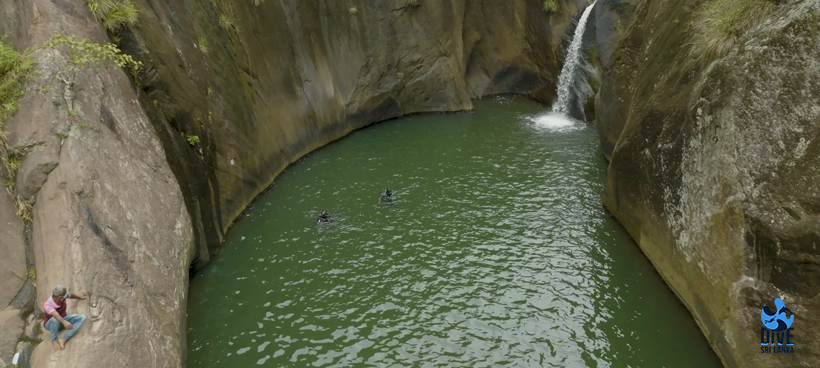
We wish to acknowledge for the kind and generous assistance of the following organization and individuals,
Ministry of Defense for granting permission to the survey.
Department of Archeology for granting permission and support.
Department of Wildlife for granting permission and providing support.
Department of Forest Conservation for granting permission and providing support.
Divisional Forest Office – Ratnapura, for granting permission and providing support.
Sri Lanka Police for providing officers of the lifesaving and Samanala Wawa Police Station.(Mr. Amila Sri Nuwan and Mr. WHS Aruna Shantha from Sri Lanka Police Life Saving Unit – Rathnapura.)
Divisional Secretariat - Imbulpe.
Pradeshiya Sabha - Imbulpe.
Mr. Sajith Lakmal Perera for providing drone filming services free of charge.
Ms. M.G. Madhushika Lakmali – Sports Ministry – Accounts Branch.
Ms. Sarani Ranaweera
Mr. Thusitha Perera, for providing Transportation.
Mr. WH Indika Upendra, (Grama Niladhari )
Mr. HM Dayaratne, Mr. Wasantha Kumara, Mr. HRM Gayantha, who helped by carrying the heavy equipment to the pool.
Mr. Wickramasinghe, Navy Officer (Retd) for accompanied the team and for the support provided.
